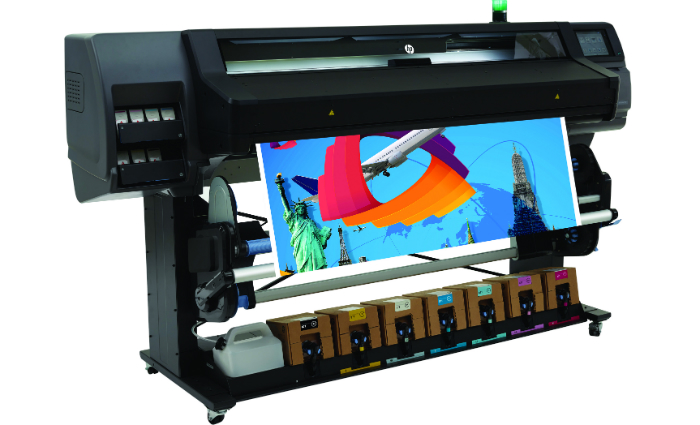.HP has announced that the Caldera V11 RIP suite has passed the variety of print tests needed to achieve certification for use with the HP Latex 500 series of wide-format printers.
Arnaud Fabre, product manager for Caldera, says, “V11 users can be fully confident that their Caldera software is designed to achieve the best from HP Latex 500 series printers.
“The testing demonstrates that owners can count on Caldera to transfer all their print instructions and data to their Latex printer faithfully. Choosing a Caldera RIP means choosing an independent, multi-vendor software system, optimised for performance on Linux or Mac that is guaranteed to achieve the best graphic results.”
The HP Latex 560/570 RIP certification programme tests RIP software in a controlled environment over a number of specified print tests, involving a selection of TIF, JPEG, EPS, PDF and PNG image files. The certification applies to the whole V11 suite. Caldera says this means, in practice, that Caldera V11 has proved it can produce what’s shown on screen, and that it delivers accurate data transfer and colour reproduction. It will also report back system errors and print issues for timely resolution.
The Caldera V11 incorporates the latest version of Adobe PDF Print Engine and advances in image and business control options. A new feature called True Bleed allows operators to clone pixels around the edge of an image regardless of its shape to create better edge finishing for applications such as print-and-cut, textiles and canvas.
Caldera V11 supports print clusters. Its new Sync & Deploy feature provides the ability to run the same RIP settings across different printers and locations. The company says this results in reduced installation time, as the configuration is sent to multiple stations, and consistency across devices. The main benefit of this is that it allows users to use a group of printers to speed up productivity without the need to invest in a much larger or faster machine. Caldera sees HP’s Latex series printers as one of the major technologies for this approach to print production
Caldera passes HP test


